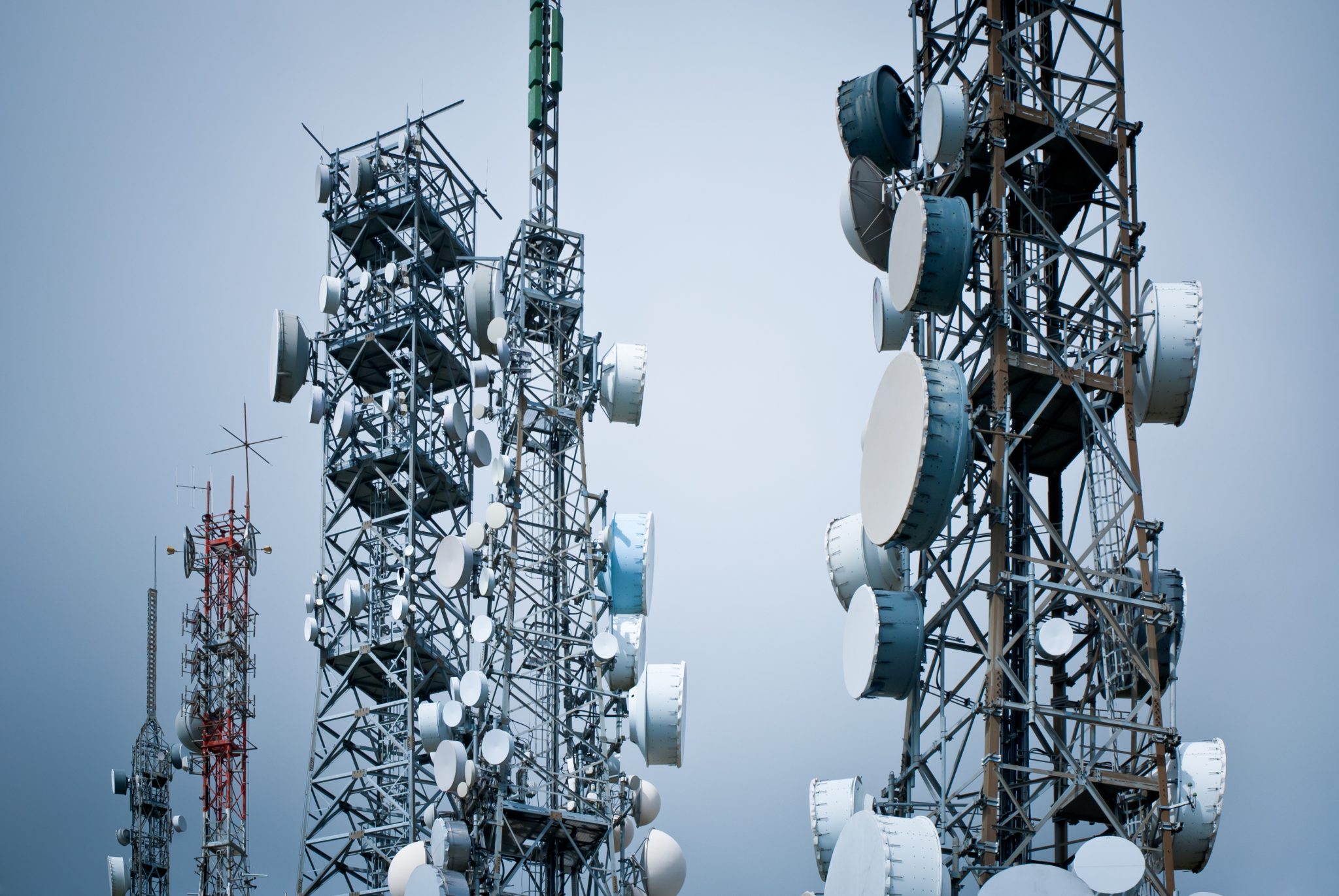If you've ever been through a city, you may have seen tiny cell towers for 5G placed on poles for street lighting. They look like little boxes however they're actually sending wireless signals from cellular providers to your phone.
what is a safe distance from a cell tower are being replaced by the larger built cell towers. While they're less noticeable but they can still create problems for those who live nearby.
A Federal Communications Commission's Radiation Exposure Thresholds
The FCC's Radiation Exposure Thresholds define the safe limit at which an individual can be exposed to electromagnetic radiation from wireless devices. The limits for exposure are based upon scientific research which prove that electromagnetic energy can be harmful to human health.
The specific absorption rate (SAR) is an indication of the radiofrequency energy absorbed by tissue. It is typically 1.6 watts per kilogram, averaged over one Gram of tissue.
Since 5g is able to transmit at higher frequencies and has the potential to increase the intensity of energy on the skin and other directly-exposed body areas. This can lead to many potential problems, including an increased the development of skin conditions like dermatitis, skin cancer and cataracts.
Because of the potentially harmful effects of radiation from 5G, PSU has chosen to create a general power density limit of 4 mW/cm2 averaged on 1cm2, but not to exceed 30 minutes for all 5G services at 3000 GHz. This localized limit is consistent with the peak SAR that is spatially averaged at 1.6 W/kg, which is averaged over 1 grams of tissues at six GHz.
The FCC's Maximum Exposure Thresholds
If you've ever used a mobile phone, you probably know that the safest range from the tower should be at least 400 meters. This is because the power of transmission from a cell tower increases dramatically the farther your location from the tower.
Although this may sound like a good idea, the reality is that people who live close to towers may actually be more prone to health issues. For instance, a study conducted in 2014 in India found that residents who lived within 50m of cell towers experienced significantly more health complaints than those who were far from antennas.

However, this study also revealed that those who relocated to areas further away from cell towers experienced their symptoms improve within a few days. Another study has revealed that exposure to high frequencies of radiofrequency electromagnetic fields (EMFs) can cause brain tumors, cancer, and other health problems.
This is because radiofrequency radiation, used in wireless communication can penetrate the human body's exterior layer, which is the skin. It is crucial to know since the skin functions as a barrier to protect against mechanical injury, infection from pathogenic microorganisms, as well as infiltration of toxic substances. The skin is the biggest organ in the human body. It is responsible for protecting other organs.
The FCC's Minimum Exposure Thresholds
The FCC's Minimum Exposure Thresholds rely on various assumptions that aren't supported by scientific research. These include the erroneous belief that short-term exposures RF radiations are not harmful due to minimal penetration into the body (i.e. the heating of tissues).
This also overlooks the greater penetration of ELF parts of the modulated RF signal as well as the effects of short bursts of heat from pulsed RF waves. These assumptions do not correspond with current understanding of the biological consequences of RF radiation. As what is safe distance from 5g tower , they should not be considered for health protection exposure standards.
Additionally there is the fact that both ICNIRP and FCC limit their maximum exposure limits to local peak SARs, based on the peak speed of spatial absorption (psSAR) which is not a sufficient dosimetric tool for determining the level of exposure to RF radiation. In what is safe distance from 5g tower , psSAR is inaccurate for frequencies above 6 GHz. In addition, psSAR is not been evaluated for RF radiation with co-exposure to other environmental agents , such as sunlight. In the event of interactions, RF radiation and other environmental agents may produce synergistic or antagonistic impacts. This could result in an increased risk of negative health consequences. For instance, exposure to RF radiation along with exposure to sunlight can cause an increase in the incidence of developing skin cancer, as well as aggravate other skin disorders, such as acne.
